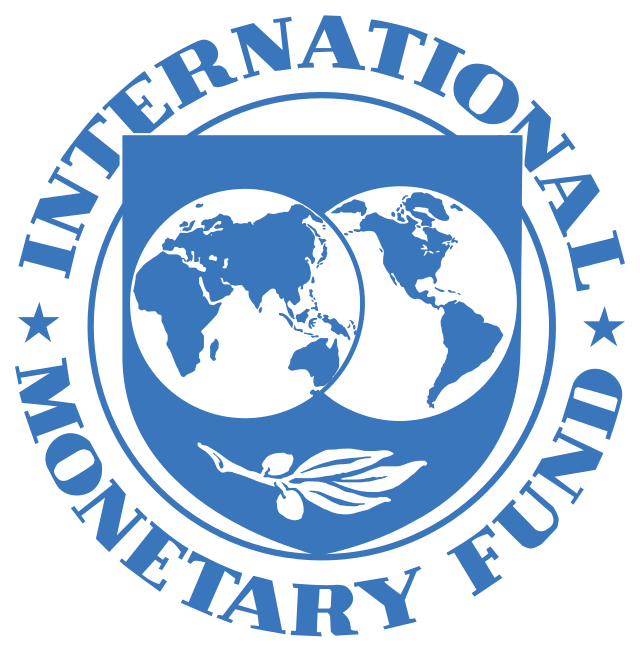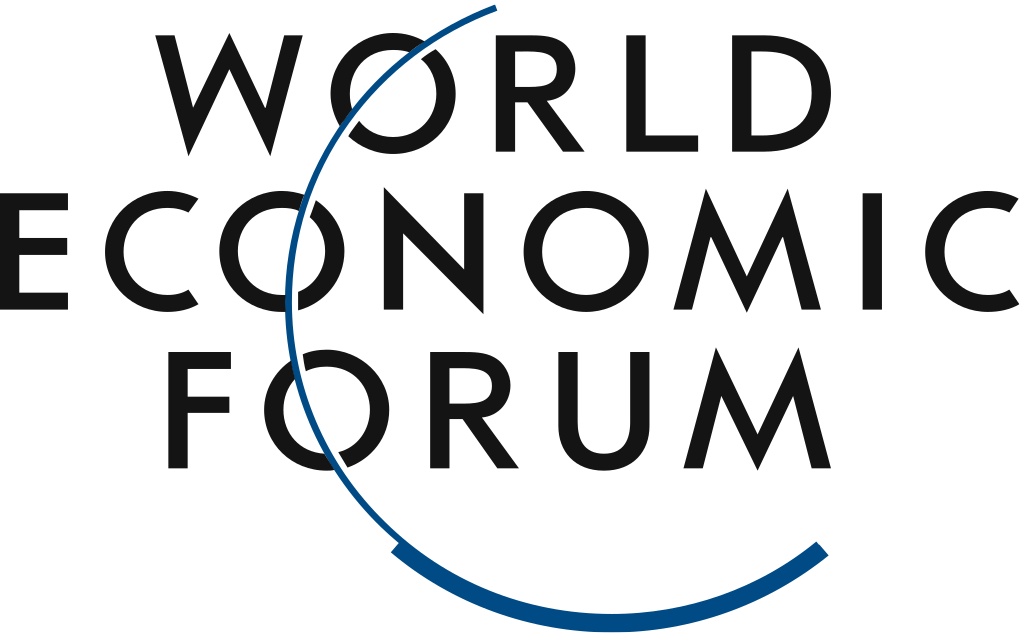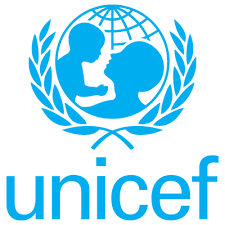International Monetary Fund Quiz Questions
1. What is the primary goal of the International Monetary Fund (IMF)?
(a) To promote economic growth and stability
(b) To provide loans to developing countries
(c) To regulate international trade
(d) To manage global currency exchange rates
2. Which of the following is NOT a core function of the IMF?
(a) Surveillance of economic policies
(b) Lending to countries with balance of payments difficulties
(c) Providing technical assistance to member countries
(d) Setting interest rates for global borrowing
3. The IMF’s lending programs are typically accompanied by:
(a) Strict economic reforms
(b) Unconditional financial support
(c) Debt forgiveness
(d) Increased government spending
4. What is a Special Drawing Right (SDR)?
(a) A reserve asset created by the IMF
(b) A type of loan offered by the IMF
(c) A global currency
(d) A trade agreement between countries
5. The IMF is headquartered in:
(a) Washington, D.C., United States
(b) New York City, United States
(c) London, United Kingdom
(d) Paris, France
6. Which of the following is NOT a member of the IMF?
(a) United States
(b) China
(c) Russia
(d) Switzerland
7. The IMF’s role in promoting financial stability includes:
(a) Monitoring global financial markets
(b) Providing financial assistance to countries in crisis
(c) Helping countries develop strong financial systems
(d) All of the above
8. The IMF’s exchange rate system is based on:
(a) Fixed exchange rates
(b) Floating exchange rates
(c) A managed float exchange rate system
(d) A gold standard
9. What is the main purpose of the IMF’s surveillance activities?
(a) To monitor the global economy and identify potential risks
(b) To enforce trade agreements between countries
(c) To provide loans to countries in need
(d) To regulate international currency exchange rates
10. Which of the following is NOT a key factor considered by the IMF when assessing a country’s economic situation?
(a) Gross Domestic Product (GDP) growth rate
(b) Inflation rate
(c) Unemployment rate
(d) Military spending
11. The IMF’s lending programs typically focus on:
(a) Short-term balance of payments problems
(b) Long-term development challenges
(c) Both short-term and long-term issues
(d) None of the above
12. How is the IMF funded?
(a) Primarily through member country quotas
(b) Through borrowing from commercial banks
(c) Through issuing bonds to the public
(d) Through grants from donor countries
13. The IMF’s Executive Board is composed of:
(a) Representatives from all member countries
(b) Representatives from the largest economies
(c) Appointed experts in economics and finance
(d) Elected officials from member countries
14. In which year was the IMF founded?
(a) 1935
(b) 1944
(c) 1950
(d) 1960
15. How many member countries does the IMF currently have?
(a) 156
(b) 180
(c) 190
(d) 204
16. Which of these is NOT one of the main functions of the IMF?
(a) Surveillance of member countries’ economies
(b) Providing technical assistance
(c) Lending to countries with balance of payments difficulties
(d) Setting interest rates for member countries
17. Who is eligible to borrow from the IMF?
(a) Only developed countries
(b) Only developing countries
(c) All member countries
(d) Only countries with a GDP below a certain threshold
18. What is the maximum term of office for the IMF Managing Director?
(a) 3 years
(b) 5 years
(c) 7 years
(d) 10 years
19. Which of these is NOT a type of loan provided by the IMF?
(a) Stand-By Arrangement (SBA)
(b) Extended Fund Facility (EFF)
(c) Poverty Reduction and Growth Trust (PRGT)
(d) Global Development Bond (GDB)
20. What is the primary source of the IMF’s financial resources?
(a) Donations from wealthy countries
(b) Quota subscriptions from member countries
(c) Profits from investments
(d) Fees for technical assistance
21. Which conference led to the creation of the IMF?
(a) Yalta Conference
(b) Potsdam Conference
(c) Bretton Woods Conference
(d) Tehran Conference
22. How often does the IMF conduct Article IV consultations with member countries?
(a) Monthly
(b) Quarterly
(c) Annually
(d) Bi-annually
23. What is the name of the IMF’s decision-making body?
(a) Executive Board
(b) Board of Governors
(c) General Assembly
(d) Monetary Council
24. Which of these organizations works closely with the IMF?
(a) NATO
(b) OPEC
(c) World Bank
(d) Amnesty International
25. How are voting rights allocated in the IMF?
(a) One country, one vote
(b) Based on population size
(c) Based on GDP
(d) Based on quota size
International Monetary Fund Quiz Questions with Answers
1. What is the primary goal of the International Monetary Fund (IMF)?
(a) To promote economic growth and stability
2. Which of the following is NOT a core function of the IMF?
(d) Setting interest rates for global borrowing
3. The IMF’s lending programs are typically accompanied by:
(a) Strict economic reforms
4. What is a Special Drawing Right (SDR)?
(a) A reserve asset created by the IMF
5. The IMF is headquartered in:
(a) Washington, D.C., United States
6. Which of the following is NOT a member of the IMF?
(d) Switzerland
7. The IMF’s role in promoting financial stability includes:
(d) All of the above
8. The IMF’s exchange rate system is based on:
(c) A managed float exchange rate system
9. What is the main purpose of the IMF’s surveillance activities?
(a) To monitor the global economy and identify potential risks
10. Which of the following is NOT a key factor considered by the IMF when assessing a country’s economic situation?
(d) Military spending
11. The IMF’s lending programs typically focus on:
(c) Both short-term and long-term issues
12. How is the IMF funded?
(a) Primarily through member country quotas
13. The IMF’s Executive Board is composed of:
(b) Representatives from the largest economies
14. In which year was the IMF founded?
(b) 1944
15. How many member countries does the IMF currently have?
(c) 190
16. Which of these is NOT one of the main functions of the IMF?
(d) Setting interest rates for member countries
17. Who is eligible to borrow from the IMF?
(c) All member countries
18. What is the maximum term of office for the IMF Managing Director?
(b) 5 years
19. Which of these is NOT a type of loan provided by the IMF?
(d) Global Development Bond (GDB)
20. What is the primary source of the IMF’s financial resources?
(b) Quota subscriptions from member countries
21. Which conference led to the creation of the IMF?
(c) Bretton Woods Conference
22. How often does the IMF conduct Article IV consultations with member countries?
(c) Annually
23. What is the name of the IMF’s decision-making body?
(b) Board of Governors
24. Which of these organizations works closely with the IMF?
(c) World Bank
25. How are voting rights allocated in the IMF?
(d) Based on quota size










